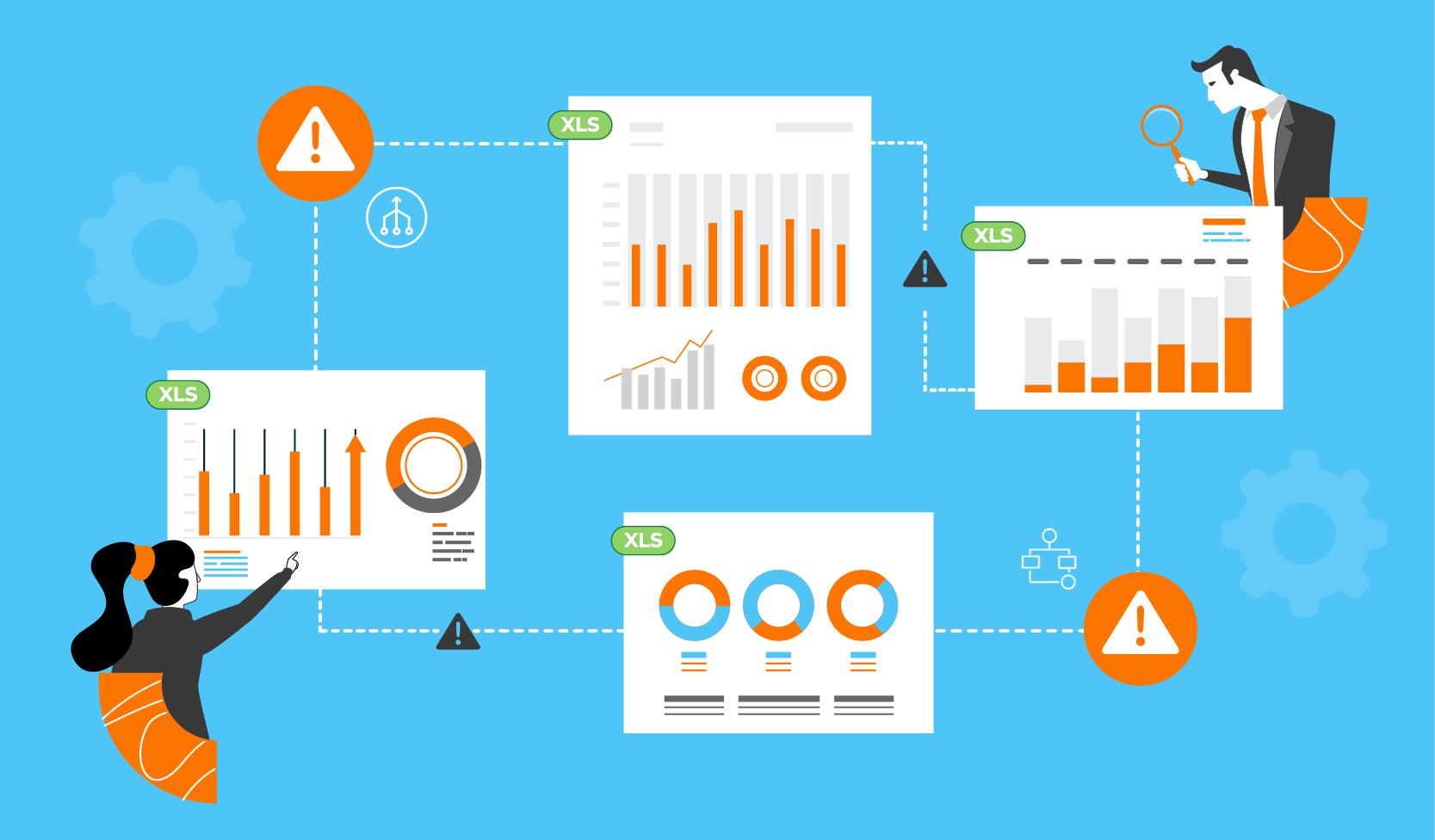
Agentic AI in PSA: How Autonomous Systems Are Shaping Business Operations
With businesses demanding more intelligent, faster and more efficient operations, Professional Services Automation (PSA) platforms are going through a silent innovation. At the heart of this shift in AI technology is Agentic AI—autonomous, goal-directed AI that does more than help human decisions; it takes direct actions on its own accord to work toward outcomes within a limited number of parameters. Unlike old-fashioned automation – or even predictive AI – agentic AI is empowering systems to sense, decide, and act in real-time throughout complex service operations.
In this blog post, we take a closer look at how Agentic AI is reshaping PSA tools and what it means for strategic decision-makers within IT services, consulting and professional services.
What Is Agentic AI, and Why Is It Relevant to PSA
Agentic AI is the term used for AI systems working with their own motives and direction. Instead of just waiting around for human input, they read the environment — making decisions and taking actions to maximize goals. In PSA systems this evolution transitions automation from rule-driven processes to dynamic, self-learning systems that integrate with and support the business plan.
Why this matters:
- Velocity: Decisions are being made in milliseconds.
- Cons - Scale: Many modles (HR, billing, PMO) all integrate together.
- Strategy: AI aligns execution on priorities of revenue, risk and resources.
The Limitations of Traditional PSA
Existing PSA solutions used fixed deterministic rules — assign this person, update this timesheet, message that group. Although it was more efficient than manual coordination, these systems lacked:
- Context awareness (Why is this project late?)
- Flex (What if a better team is available?)
- Independent learning (What can I do to avoid this in the future?)
Agentic AI fills this gap by providing:
- Perception: Signals You Need to Understand (project delays, burnout risk).
- Decision making: Selection of the best alternative.
- Action: Initiating system wide changes on your own.
Agentic AI – Where it brings value to the PSA Industry
1. Autonomous Resource Allocation
Rather than a resource manager twirling his or her schedule knobs, Agentic AI intelligently matches talent according to:
- Skills
- Past performance
- Availability
- Burnout scores
- Client feedback
This enables accurate staffing, minimizes human bias and prevents delays.
2. Intelligent Project Scheduling
Agentic AI enabled PSA platforms automatically recalibrate project time frames according to the:
- Actual progress
- Team workload
- Dependency management
The result? Less waiting, improved work life balance, and more speed of delivery.
3. Predictive Billing & Revenue Assurance
The following are use cases of how Aggregic AI is utilized in reporting and billing modules in PSA systems.
- Auto-validate timesheets
- Forecast billing discrepancies
- Flag revenue leakage
Financial leaders have instant peace of mind; they get early warnings of effforts that go work that doesn't get billed or isn't used.
4. Self-Correcting Timesheets
Instead of human intervention, Agentic PSA products will auto-fill your timesheets with calendar integrations, activity logs and anomaly detection.
- Flag diffs (logged 10 and was absent for 4)
- Sends intelligent prompts
- Learns preferences over time
5. Risk-Based Resource Planning
Agentic PSA Mappings: A mapping that relates every asset to the risk is:
- Attrition risk
- Over-allocation
- Skills misalignment
It generates inescapable eventualities, buffers or training regimes.
Strategic Implications: An Operating Model For The Future
Agentic AI doesn’t simply optimize tasks; it restructures how services businesses run. For leaders, it’s ushering in a new age of self-driven operating models:
- CEO: Matches AI-run delivery to strategic OKRs; margin.
- COO: Relies on AI to redistribute workloads and eliminate process bottlenecks.
- CFO: Protects cash flow with real-time, AI-audited billing.
- CHRO: Focuses on AI for talent development and capacity planning.
- CTO: AI orchestration without manual script one-offs.
Boards do not even ask if ours is automated.” Now the question is "is our PSA learning, changing and delivering on strategy?"
The Technology Behind Agentic PSA
To achieve these results, the PSA systems need to include:
- Reinforcement learning for adaptive decision making
- Semantically dynamic engines for understanding context and unstructured data
- Real-time conduct and event-driven architectures
- Ethical AI guardrails for compliance and fairness
Agentic PSA also benefits from:
- Integration of HRMS, PMS, Billing through different modules.
- Cloud-native scalability
- Role-based access and override controls
Challenges to Watch
Agentic PSA isn’t plug-and-play. Strategic leaders must address:
- Data Integrity: AI is only as good as the data it was trained on.
- Cultural Shift: The shift from believing in AI to making decisions from AI requires a new mind-set.
- Governance: Agentive decisions require audit-ability and compliant controls.
- Personalization: Agentic flows must be fit to bespoke workflows — they should never push one-size-fits-all agendas.
The place of PSA in AI maturity models
As organizations advance in their AI journeys, PSA becomes an underpinning system of intelligence:
- Level 1: Manual PSA workflows
- Level 2: Script-driven with static rules
- Level 3: Predictive with analytics
- Level 4: Agentic PSA with full goal-directed autonomy (Types A and V)
Climbing this maturity curve drives:
- Lower operational cost
- Higher margins per FTE
- Increased customer satisfaction
- Faster project cycles
Conclusion: From Automation to Autonomy
Agentic AI “weave” is also rebuilding PSA from operational assistant to fully autonomous business engine. In 2025 and beyond, the companies that implement AI-driven PSA systems won’t just do business more efficiently—they’ll respond quicker, grow smarter and corner markets.
Because the real road to value is not just automating work, but empowering systems to work for you. Agentic PSA platforms like these are here to support leadership organizations from a firefighting to periscope up.
Because when all of an org’s resources, projects, and dollars are aligned in real time by an intelligent engine, business execution is not merely streamlined—but strategic.


